Quarries in Serbia (not) environmentally friendly – Exploitation endangers roads and crops, inspection control needs to increase
 Tuesday, 24.04.2018.
Tuesday, 24.04.2018.
 15:53
15:53
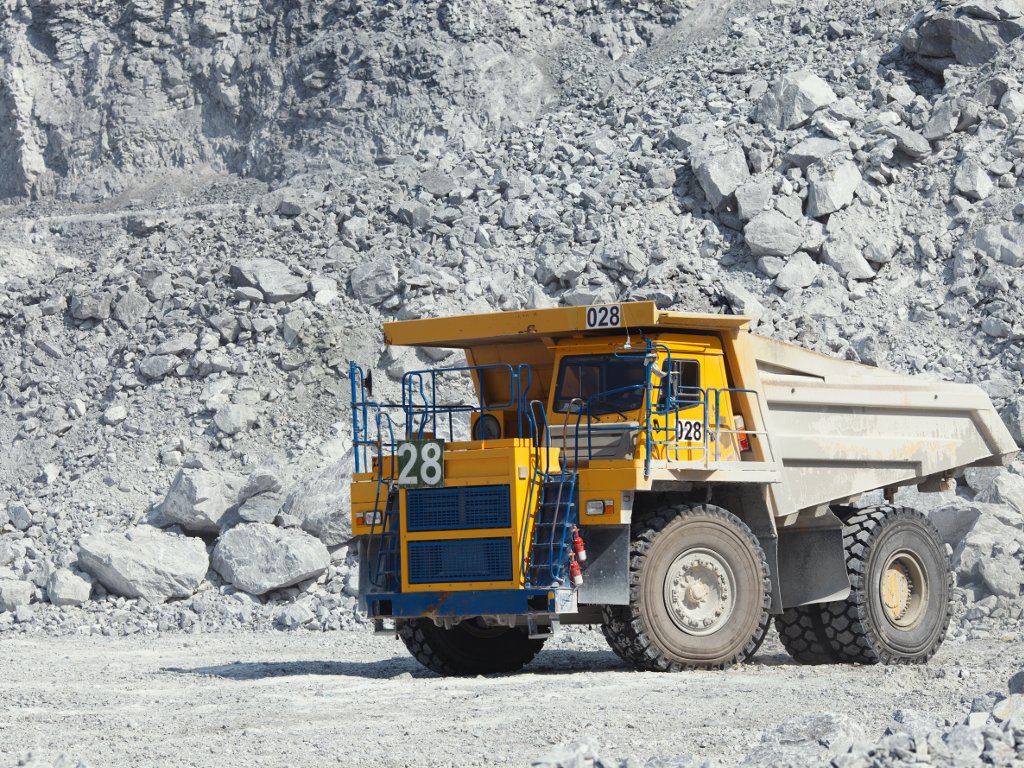
– Dust is the biggest problem. There are two quarries in our area, although this runs counter to the law. They are working with obsolete technology and do not adhere to regulations. They do not ameliorate the road, which they are obliged to, and they do nothing to reduce the amount of dust, and when both quarries are operational, it spreads to the distance of as much as 10 kilometers – Vlajko Pavlovic, who lives close to the Krst quarry, run by the company Kamen Desetka, says for eKapija.
According to him, people are moving out due to this problem, and the area now has only around twenty inhabited houses.
Due to the pollution and the dust, Mikica Novkovic, a resident of this village, has had his strawberry and primrose crops ruined. As he says, in the past few years, raspberry fields have appeared in the area, but are unusable for now.
– Our cattle get ill too. Cows are sterile, sheep are coughing... – Novkovic points out.
Another big problem is the noise made by the facilities and the trucks which take out large amounts of stone used in road construction each day. Each several minutes, a truck drives out, further destroying the road. As local residents say, as much as 3,000 cubic meters of stone is sometimes transported per day.
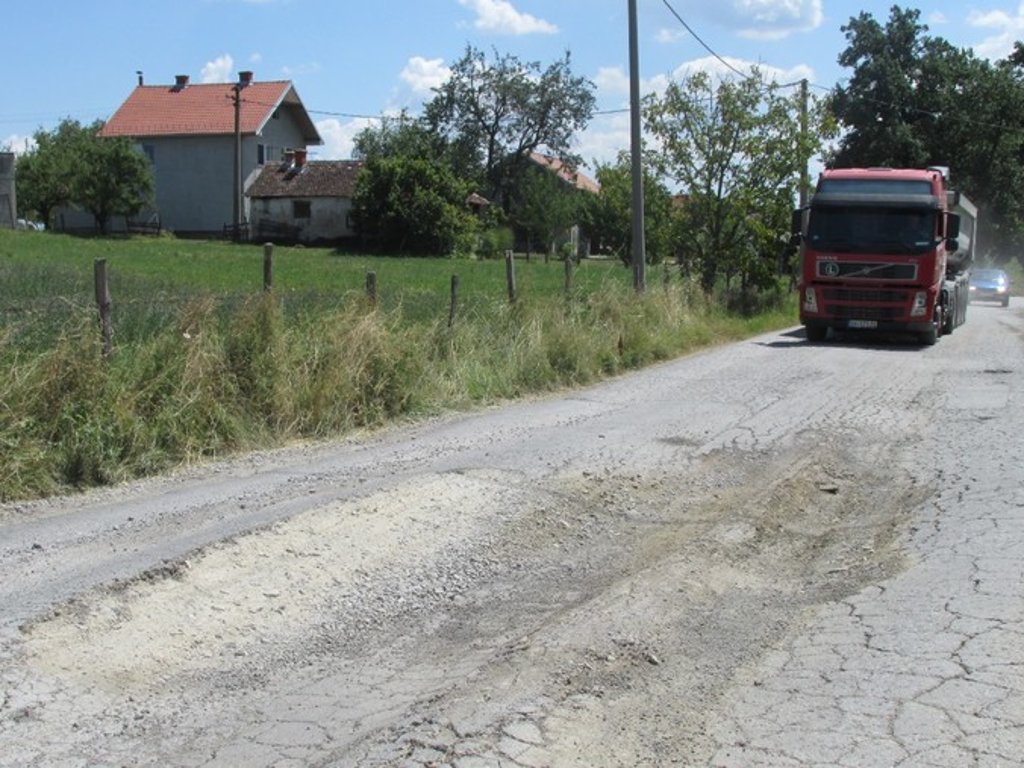
The local self-government of Valjevo refused to answer our questions regarding this problem, because, as they explained, “no one can say anything about it at the moment”. The residents are prepared to keep pressing the issue and they hope that the competent ministry will join their side.
Negative impact
The Ministry of Environmental Protection says for our portal that that institution, through a procedure of strategic evaluation of the impact of plans and projects on the environment, enables the negative impact arising as consequence of exploitation of minerals to be reduced to the least amount possible by proscribing measures of environmental protection and mandatory monitoring, along with regular control by inspection organs.
They also say that it was determined during inspection controls that the most frequent ecological problems arising as consequence of exploitation of minerals are road damage due to inability to withstand the weight of loaded trucks, as they were not designed to do so, excessive noise due to working at night and inadequate maintenance of dedusting devices on grinders, as well as increased vibrations due to the passing of loaded trucks and the excavation mechanization.
– Another problem is ground and water pollution due to sediments, air pollution, that is, increased presence of dust particles due to lack of amelioration of roads, as well as inadequate maintenance of dedusting devices on grinders, an increased level of noise and vibrations, negative impact on flora and fauna, as well as degradation of spatial characteristics and cultural heritage – says the answer sent by the Ministry of Environmental Protection.
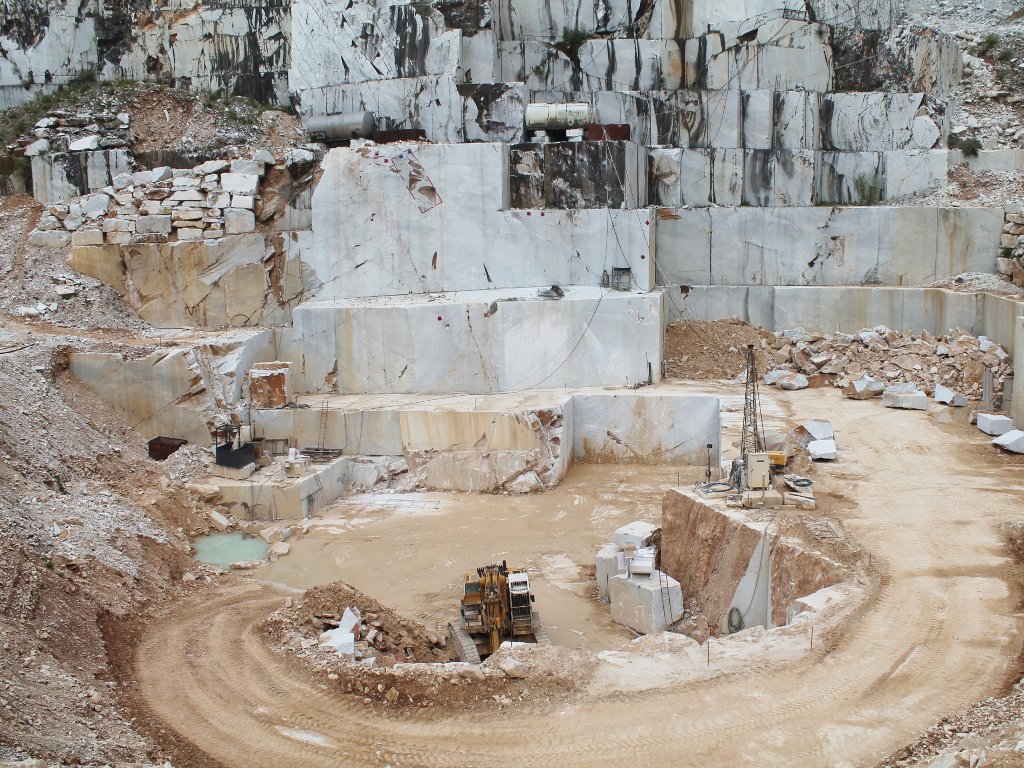
According to him, however, if laws and bylaws are honored during exploitation, the only environmental consequence is the changed topography of the terrain.
– By keeping in line with the projects and by carrying out controlled mining, ground shocks are avoided, even if there are populated areas nearby. Machines cause noise, but newer-generation machinery features mufflers, so that the noise can be kept within proscribed limits. By ameliorating the roads, the loading and the mining points, one avoids the appearance of excessive dust particles, reducing it to the smallest amount possible Also, by adhering to the project and treating and recultivating the degraded ground, it can be brought back to a better state than it was in before – Subaranovic says.
Monitoring environmental impact
The competent ministry emphasizes that, after each instance of exploitation, the technical-biological recultivation needs to be carried out, whereby the degraded area is prepared for a new purpose, which is a mandatory environmental protection measure for the contractor, which is proscribed within the procedure of environmental impact assessment.
The environmental impact assessment procedure, let is remind, is performed prior to the exploitation, and the study is an integral part of the technical documentation needed for the obtaining of the permit or the authorization for the carrying out of the project.
– In order for a quarry to start working, the environmental impact study needs to be authorized. The contractor obliges to carry out the measures of environmental protection and honor all other terms and authorizations of the competent organs and organizations in line with the special law, especially the Terms of the Institute for Nature Conservation of Serbia, the Terms of the Institute for Protection of Cultural Monuments of Serbia and the water conditions – the ministry says and adds that the contractor is obliged to carry out the program of monitoring the environmental impact.
The preparation of a study of the impact of the exploitation, as Professor Subaranovic explains, is not necessary for all surface cuts. Each subject files a request for the determining of the need for an environmental impact assessment, and then, depending on the size of the exploitation field or the surface cut, the location, the type of minerals, the manner of exploitation, the proximity of populated areas, the competent organ decides whether an environmental impact study needs to be prepared.
According to Subaranovic, a large number of companies in this field in Serbia are currently preparing such documents in order to open new quarries, and the regulations are honored on the majority of surface cuts. Still, he adds, there is a certain number of quarries that don’t honor the regulations and that carry out illegal operations.
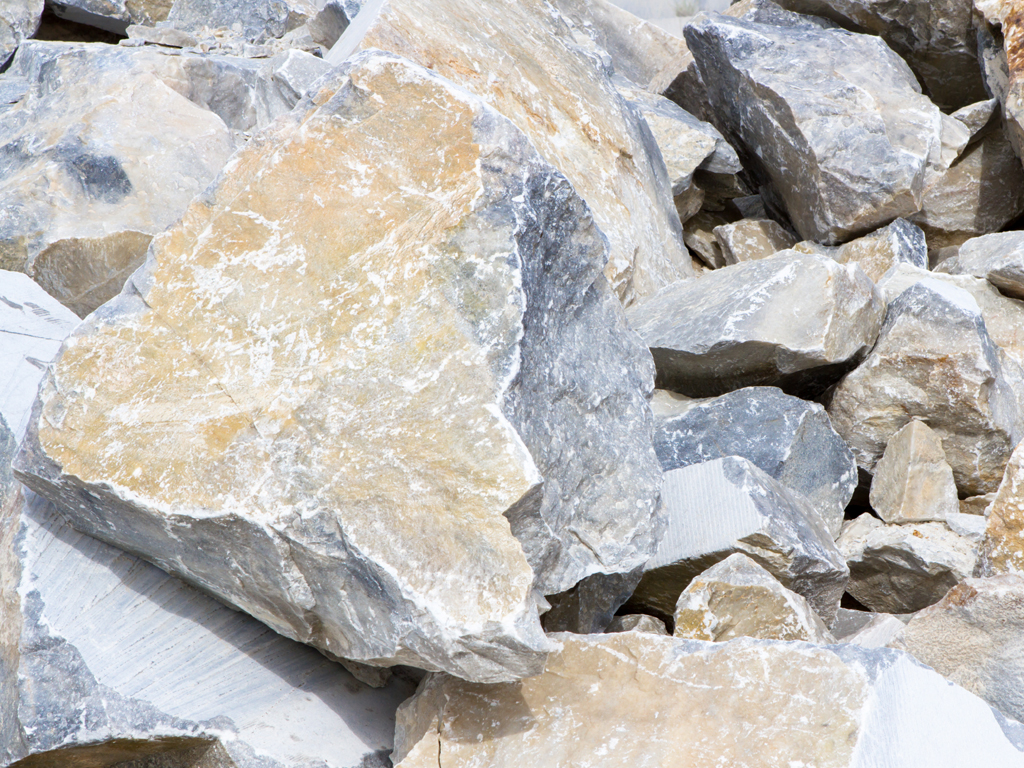
According to the data we’ve been given by the Business Registers Agency, the exploitation of construction and decorative stone, limestone, gypsum and chalk is carried out by 128 companies and 9 enterprises in Serbia. At the same time, 135 companies and 93 enterprises are registered for the exploitation of gravel, sand, clay and kaolinite.
Serbia will also have to adhere to numerous provisions regarding the EU directives in this field on its road to the Union membership. Let us remind that environmental protection is one of the most complicated and expensive chapters and that Serbia is facing numerous challenges along the way.
Katarina Stevanovic
 Ministarstvo zaštite životne sredine Republike Srbije
Ministarstvo zaštite životne sredine Republike Srbije
 Rudarsko geološki fakultet Univerziteta u Beogradu
Rudarsko geološki fakultet Univerziteta u Beogradu
 Grad Valjevo
Grad Valjevo
Most Important News
06.04.2024. | Agriculture
Preconditions for Placement of Fresh Blueberries and Dried Plums in Chinese Market Secured

16.04.2024. | News
Jovan Ciric, Leasing Director Retail MPC Properties – MPC Echo symbolizes our desire for good ideas and innovative endeavors to spread freely and bring about positive changes

16.04.2024. | News
10.04.2024. | Finance, IT, Telecommunications, Tourism, Sports, Culture
Creative Industry – What This Serbian Economy Sector Worth EUR 2 Billion Encompasses

10.04.2024. | Finance, IT, Telecommunications, Tourism, Sports, Culture
23.04.2024. | Construction, Transport
Tender for first section of Belgrade-Nis fast railroad from Velika Plana to Paracin announced
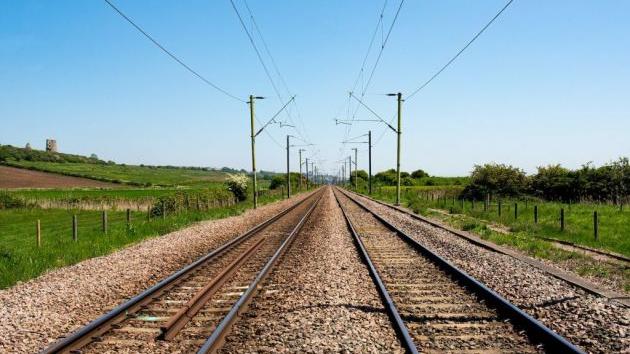
23.04.2024. | Construction, Transport
16.04.2024. | News
Economy Fair in Mostar opens – 26 companies from Serbia exhibiting

16.04.2024. | News
22.04.2024. | Industry, Transport
Serbia to develop project of “flying taxis” for EXPO with Airbus – Signing of memorandum announced

22.04.2024. | Industry, Transport


 Izdanje Srbija
Izdanje Srbija Serbische Ausgabe
Serbische Ausgabe Izdanje BiH
Izdanje BiH Izdanje Crna Gora
Izdanje Crna Gora


 News
News






